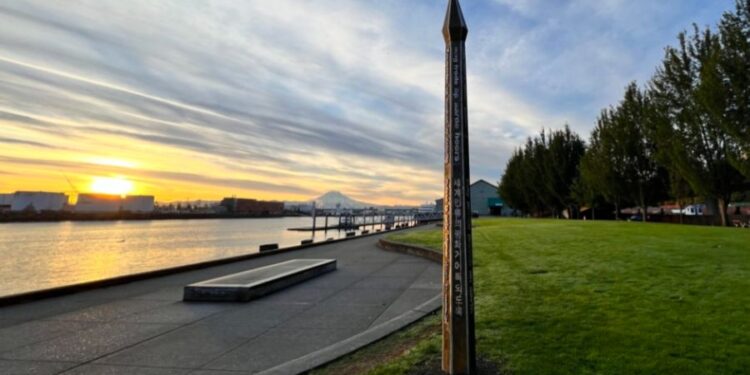A recent comprehensive report by the Surfrider Foundation’s Blue Water Task Force has revealed alarming levels of bacterial contamination at several U.S. beaches, highlighting serious public health concerns for beachgoers nationwide. Among the most affected locations is the South Sound Thea Foss Floating Dock in Tacoma, Washington, which was ranked sixth on the list of the top 10 most bacteria-contaminated beaches in the United States for the year 2023. According to the report, an astonishing 47% of water samples collected from this site exceeded the state’s health standards for bacterial pollution, indicating a persistent and significant risk to swimmers and visitors.
The Surfrider Foundation’s findings underscore the growing environmental challenges facing coastal communities, particularly regarding water quality and public safety. The primary contributors to bacterial contamination in these beach areas include untreated sewage, stormwater runoff, and malfunctioning septic systems. These sources introduce harmful bacteria such as Enterococcus and Escherichia coli (E. coli) into the water, bacteria that are known to cause various illnesses. Swimmers exposed to contaminated waters risk gastrointestinal infections, skin rashes, respiratory problems, and other health complications. The report highlights that these risks are not limited to Washington but are a nationwide issue, with beaches in California, Hawaii, Florida, New York, and even Puerto Rico featuring prominently on the list.
The top-ranked beach for bacterial contamination in the United States is Imperial Beach in San Diego, California, where 100% of water samples tested were contaminated. Similarly, Nawiliwili Stream at Kalapaki Bay in Kauai, Hawaii, also reported a 100% contamination rate. Other notable beaches with high contamination percentages include Kahaluʻu in Oahu, Hawaii (86%), Park View Kayak Launch in Miami Beach, Florida (73%), and Linda Mar Beach in Pacifica, California (54%). Following the South Sound Thea Foss Floating Dock in Tacoma, other beaches on the list are Flying Point: Mecox Bay in Southampton, New York (46%), Ballard Park in Melbourne, Florida (37%), San Luis Creek Mouth in San Luis Obispo, California (35%), and Playa Crashboat in Aguadilla, Puerto Rico (26%).
These statistics demonstrate the urgent need for increased monitoring and intervention to safeguard public health and maintain the environmental integrity of popular recreational waters. The state of Washington’s Department of Ecology is actively involved in providing real-time water quality updates and advisories through its BEACH Program. This initiative is crucial for residents and tourists who plan to visit coastal areas, enabling them to make informed decisions based on the latest water safety data.
Health experts and environmental advocates strongly recommend several precautions to minimize the risk of illness when visiting beaches, especially those known for bacterial contamination. It is advised to avoid swimming for at least 24 hours following heavy rainfall since stormwater runoff significantly elevates bacterial levels in coastal waters. Beach visitors should steer clear of swimming near stormwater outfalls or discharge points, where contamination is often highest. Additionally, avoiding swallowing beach water, using protective gear like nose plugs and goggles, showering thoroughly after swimming, and washing hands before eating are important measures to reduce the risk of infection.
This report brings attention to the critical environmental and health challenges posed by bacterial contamination in U.S. beaches, especially as recreational water use continues to rise. It calls for stronger policies, enhanced sewage treatment infrastructure, and better public awareness to protect these vital natural resources. For those planning trips to Washington beaches or other affected areas, regularly consulting local water quality reports and adhering to public health guidelines can help ensure a safer and more enjoyable beach experience.







